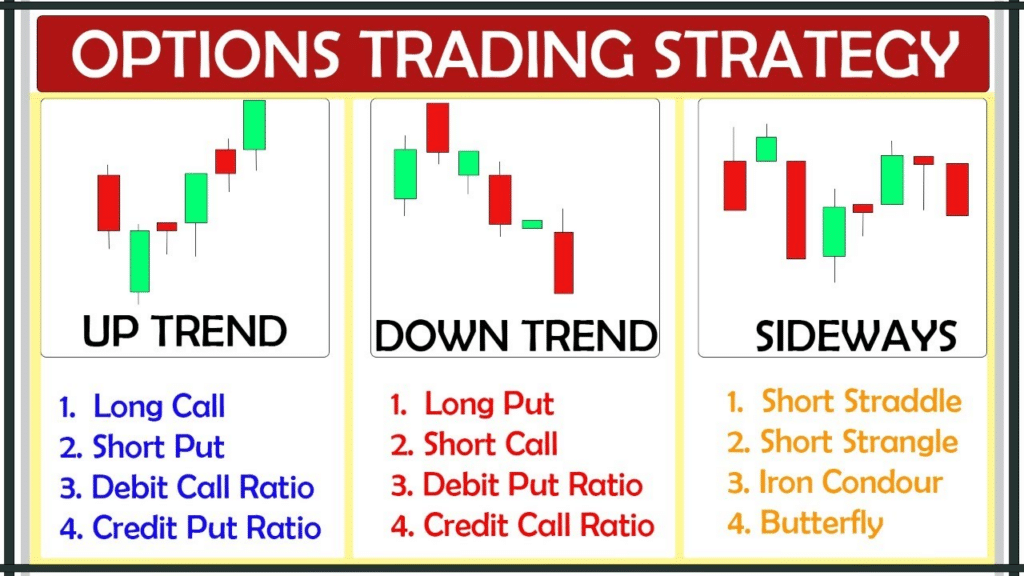Day trading options involves buying and selling options contracts within the same day, aiming to capitalize on short-term price movements. Unlike stock trading, where investors purchase shares with the expectation of long-term gains, options trading provides the flexibility to profit from both rising and falling markets.

Image: investgrail.com
Understanding Options Basics
Options contracts are financial instruments that represent the right, but not the obligation, to buy or sell an underlying asset at a specified price within a particular timeframe. The two main types of options are:
- Call options: Grant the holder the right to buy the underlying asset at the strike price by the expiration date. If the asset’s price rises above the strike price, the call option becomes more valuable.
- Put options: Grant the holder the right to sell the underlying asset at the strike price by the expiration date. When the asset’s price falls below the strike price, the put option gains value.
Benefits of Day Trading Options
Day trading options offers several advantages:
- Leverage: Options use leverage, which allows traders to control a significant number of shares with a relatively small amount of capital. This can amplify potential profits but also risks.
- Flexibility: Options provide flexibility in terms of position and timing. Traders can speculate on rising or falling prices and adjust their positions throughout the day.
- Limited Risk: Unlike buying stocks, where losses can be significant, options have limited downside risk defined by the premium paid.
Risk Management Strategies
While day trading options can be lucrative, it’s crucial to manage risk effectively. Here are some strategies:
- Clear Trading Plan: Establish a trading plan that outlines entry and exit points, risk tolerance, and position sizing. Stick to the plan to avoid emotional decision-making.
- Use Stop-Loss Orders: Set stop-loss orders to limit potential losses if the market moves against you.
- Diversify Your Portfolio: Spread your trades across different underlying assets and strike prices to reduce risk.
- Manage Position Sizing: Calculate the appropriate position size based on your risk tolerance and account balance.

Image: www.insidewallstreetreport.com
Tips for Day Trading Options
- Stay Informed: Monitor the markets continuously and follow news and economic events that can affect option prices.
- Develop Technical Skills: Learn technical analysis techniques to identify market trends and potential trading opportunities.
- Study Historical Data: Analyze historical option prices and volatility to understand how options have performed in different market conditions.
- Use Trading Platforms: Utilize advanced trading platforms that provide real-time data, charting tools, and automated trading features.
- Consider Paper Trading: Practice day trading options with simulated funds to gain experience without risking real capital.
Day Trading In Options

Image: tradethatswing.com
Conclusion
Day trading options can be a rewarding but challenging endeavor. By understanding the basics, employing risk management strategies, and honing your technical skills, you can increase your chances of success in this fast-paced market. Trading options should only be considered by those with a high level of market knowledge and risk tolerance.






